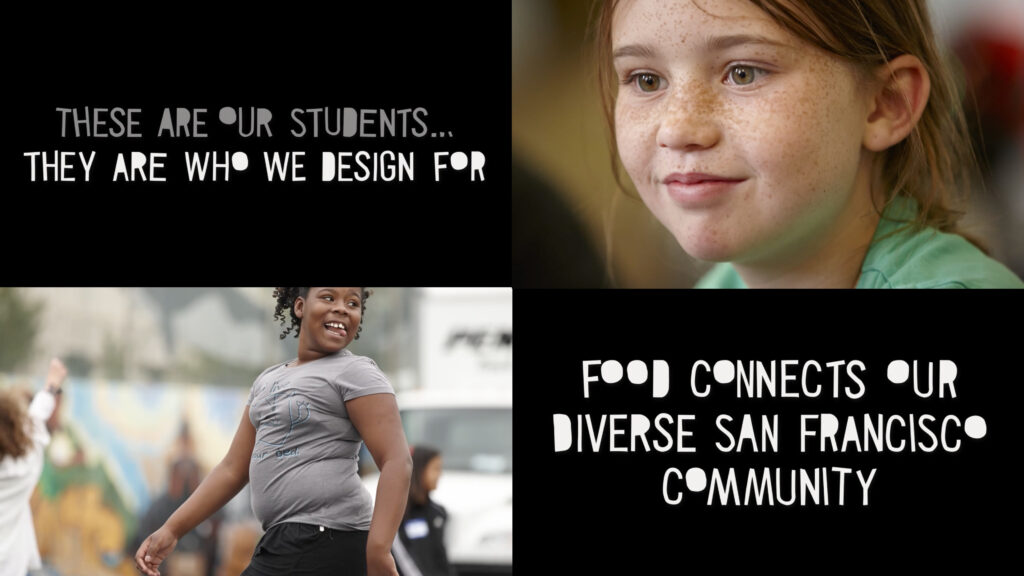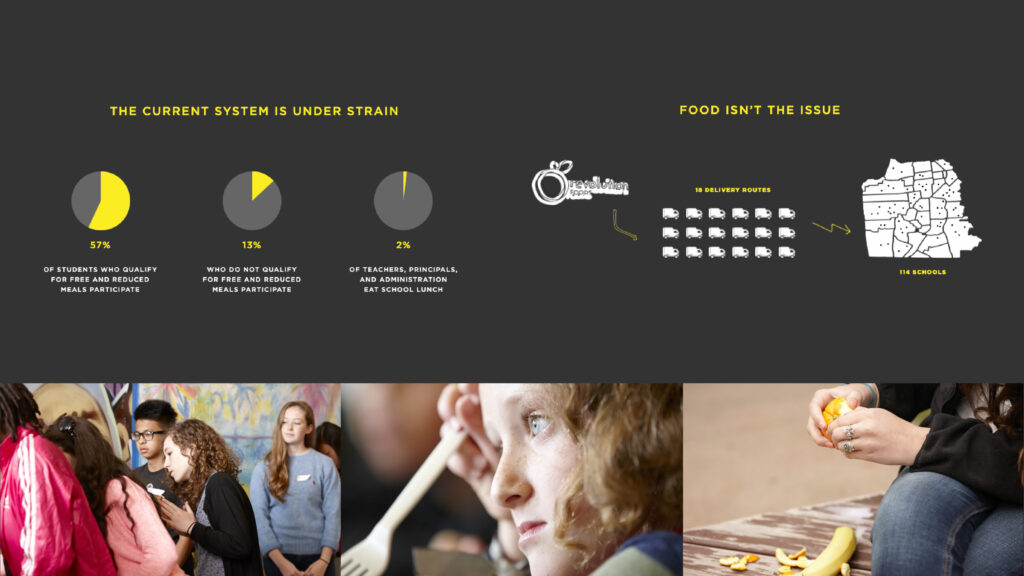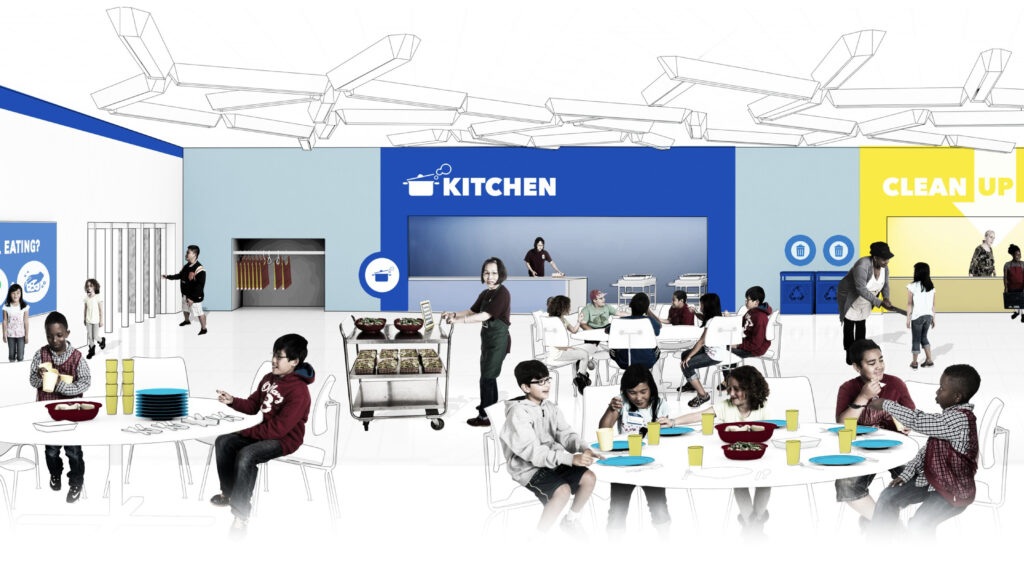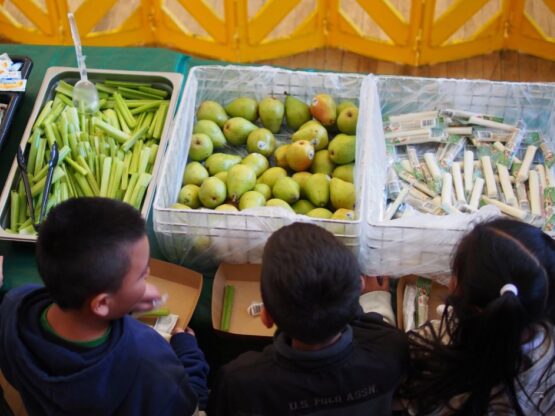Principles, histories, manifestos, for good and change
REFLECTIONS ON LECTURE AND SOURCE MATERIALS
LECTURE
In this weeks lecture we looked in detail at the methods that designers, artists and activists use to implement and bring about change in society for good.
SERVICE DESIGN
Service design is user centric design that impacts society on a social or political level and leads to improving the quality of user services.
Service design thinking is founded on the following principles:
— That it is user centric: Encompassing the customer experience.
— That it is co-creative: That all are stakeholders included in the process.
— That it is sequenced: That all services act in a joined up way.
— That it is evidenced: That services become tangible.
— That it is holistic: That the entire environment of a service is considered.
Good service design thinking takes a co-creative approach to lessen the impact of the customer experience including fields such as management, marketing, engineering, psychology, architecture and ethnography.
There are many tools at the service designers disposal which will enable them to create a clearer picture of potential problems faced. These can take the form of stakeholder maps, personas, customer journey maps, cultural probes, storyboards, prototypes, blueprints and many more.
Personas
A persona is a summary of a specific type of customer that represents a broader demographic. By conducting qualitative interviews using the same questions in the same order you can begin to design with specific customers in mind ensuring your approach is user centred.
Customer Journey Map
A customer journey map essentially maps a journey from a customers perspective and reveals the best and worst parts of a customers experience.
Blueprinting
Service blueprinting helps you understand a customer from a more holistic viewpoint offering processes that 'could' deliver on improving the customer experience.
—
INNOVATE AND SUCCEED/Aaron Roberts (Senior Design Officer, Shropshire Council)
In the case study presented Aaron Roberts asserts the importance of user centric design in enabling customers to see the value of design in the process by becoming active participants or co-creators (stakeholders).
The study looked at how the communities of Liverpool could start to think about their health. Stakeholders included experts within the health and private sectors and community organisations forming 'innovative partnerships'. The goal was to empower people to take control of the processes, their personal information and provided tool and support for individuals in the community to do so.
They did this by using what he terms 'disruptive positivity' where the community and stakeholders were asked to hold up a mirror to see what they currently look like while focusing on the values of what existed and if there were any potential benefits of the current model. The aim was to build a sustainable service offering that people wanted to engage with and use that delivered benefits to all of the stakeholders. They looked at the real problems, stories and experiences of the community to spark new ideas and inspire people to make a difference. This was based on the simple principle that the customer's experience is the measure by which a project should be judged. They also looked at the commercial viability and sustainability setting out financial targets that needed to be met. By using this rigorous and disciplined approach the offering became more personalised, responsive and flexible. This could not have been achieved without the co-creative collaborative process in place where all vested interests had a stake in the end service reforms that were to be implemented. He summarises this process as 'design for purpose' where you unpack the problem or function first before thinking about what it looks like graphically.
—
SAVING THE WORLD: ARTIST AS ACTIVIST
Stuarts lecture unpacked the methods and tools used by artists or art movements and activists to communicate a social or political message to the widest audience possible, how imagery is used in areas with limited literacy and how contemporary technology plays a part in this.
He presented pivotal moments and movements in history that had an an impact on society through visual communication and the written word from the earliest known protest graffiti discovered in Pompei, to the invention of movable type and the beginning of the education (or control by the church and state) of the masses, to the modern social media landscape we find ourselves in today.
It was interesting to revisit the manifestos of movements like the Vorticists, Futurists and Constructivists all of whom embrace the modern industrial and technological age, but the collective desire to purge the old world through war to bring in the new was fraught with social problems that later became only too apparent. The Futurists art became the visual language of fascist Italy and the ideology that espoused the purging of the 'weak' paved the way for the final solution to take place. There is no doubt in my mind that the intent came from a good place in that contemporary social and political change was required and that in order to make your 'movement' known shock tactics were required. However, the central ideologies of these movements were ultimately flawed and fuelled bloody revolutions, wars and from Marinetti's perspective, the continued subjugation of Women in society. For me it's personally difficult as I love the artistic endeavours of these prolific movements. Unfortunately you can't separate the art from the ideology that created it. The same applies to Diego Riviera in the sense that while he is unlocking and retelling the story of Mexico, its people and their struggles; all augmented with visions of a future, there is an underlying communist and propagandist agenda within the work. There is no doubt that he was an outstanding muralist and painter providing a service to a largely uneducated public but on reflection the work cannot be separated from its underlying, blatant political bias.
The shift toward political art for the good of society starts with artists like John Heartfield. In his art he viscerally attacks Hitler and the Nazis in a pre-war attempt to create discourse in contemporary German society in depicting Hitler and Nazis for what they were. However, with the onset of the world war and modern artists being classed by the Nazis as 'degenerates', Heartfield's opposition to party values would have been short lived. Luckily today and particularly in the West we live in a more open and democratic society and protest art thrives in the many marches, social and political causes it supports.
—
RESOURCES
MANZINI: Design When Everybody Designs
In Manzini's book he explores human centric design practice on a deeper level unpacking what it takes and who the participants are to make service design, for people that is effective and brings measurable results. He does this by discussing the following topics:
SOCIETAL APPROACH
— Innovation: The nature of the problem including everyday experience. The harnessing of new information and technology to effect change.
— Solutions to intractable problems: Disease, inequality, ageing populations, cohesion in society etc...
— Radical thinking: Doing things differently against the status quo.
— Social economics: Economies not based on production and consumption. Self help, barter, charity, sponsorship etc...
— Distributed infrastructures: From hierarchical structures to smaller localised ones.
— Distributed food networks: Local, sustainable food networks.
— Distributed fabrication: The conversion of innovation in production challenging mainstream production and consumption through social collaboration.
— Distributed economies: Local economies acting as adaptive units linked to wider regional and global networks.
— Resilient systems: The value of proximity and self sufficiency providing less risk in society. Holistic human centric approach.
— Complexity and scale: Complex problems require fields of expertise. Localised, smaller scale collaborative organisations help communities build desired futures.
— Work and collaboration: Changing the nature of work for communities, neighbourhoods and care systems. Active localised participation.
— Relationships and time: The creation of social organisations, engendering localised multidisciplinary relationships based on trust to provide new insights.
— Locality and openness: Smart localised networks open to ideas, information, people, goods and money all working towards sustainable futures.
DESIGN APPROACH
— Design in a connected world: Embracing technology to bring about social innovation and change.
— Conventions and design: Tangible results learned from experience and craft. A critical, creative and practical process that co-exists to tackle new problems posed.
— Human progress: Reflecting on human potential and using connectivity, imagination and design to realise it.
— Problem solving and sense making: A design shift towards culture, language and meaning co-existing to solve complex social problems. Design as a sense maker.
— Diffuse and expert design: Localised non-experts (diffuse) and trained professionals collaborating to increase potential.
— Design thinking and research: Building a user friendly, understandable knowledge database for stakeholders that is easy to implement.
— Research for design: Ethnography, semiotics, ergonomics, technological and financial models.
— Research on design: History, sociology and philosophy.
— Research through design: Collaborative conceptual and prototype producing exercises resulting in shareable learnings with stakeholders.
— Design modes: Participants (Experts: Design and tech agency, communications agency. Diffuse grassroots organisations and cultural activists) and their active roles.
GROUP DEFINITIONS
— Grassroots: People driven by ideological and political motives who design initiatives for social crisis' and offer solutions that could be adopted by the wider world.
— Cultural activists: People who play an active role in the communities in which they participate.
— Networks and coalitions: Independent entities operating collectively. Networks can be uncoordinated whereas coalitions work towards the same goal.
To summarise: Effective service design is human centric and rooted in the communities it supports. It cannot exist without active and committed localised participants or stakeholders from diffuse and expert fields to collaboratively address a problem through dialogue, research, design and prototyping. The skillsets of technical, financial, infrastructural and production experts are also required stakeholders in order to bring an idea into reality. The ultimate goal of service design is to create human centric solutions forging real and meaningful partnerships to make change for good a reality.
—
Workshop Challenge
Task 1: Research User-Centred Design Processes or Tools
Research three user-centred design processes or tools that can be used to discover a core need or problem e.g. customer journey maps, service safaris, a day in the life, cultural probe, double diamond.
SERVICE DESIGN METHODS AND TOOLS
There are many tools at the service designers disposal which can be employed as part of the research and development process. These tools can be used to create dialogue with stakeholders and used in any combination with each other to reveal a deeper level of understanding of potential problems as well as providing potential solutions and insights. They are specifically used to "conceptualise, develop, and prototype ideas through an iterative process of gradual improvement" (1). This is conducted through an overarching process of exploration: "insights from intimate and engaging results", creation and reflection: "bringing all stakeholders into the design process and prototyping, and implementation: "transferring new or improved service design into all sections of an organisation by making a compelling case for change" (1).
Tools and methods available to the researcher/designer
— Stakeholder maps
— Service safaris
— Shadowing
— Customer journey maps
— Contextual Interviews
— The five whys
— Cultural Probes
— Mobile ethnography
— A day in the life
— Expectation maps
— Personas
— Idea generation (Ideation: mind maps, SWOT analysis, six thinking hats etc...)
— What if's
— Design scenarios (Hypothetical narratives rooted in research)
— Storyboards
— Desktop walkthrough (Scenario role play with models)
— Service prototypes (Service experience simulation)
— Service staging (Acting out scenarios experienced and prototype analysis)
— Agile development ("Iterative methodology that allows a project to grow and develop over time")(1).
— Co-creation
— Storytelling ("Compelling narratives constructed for all aspects of a company's service")(1)
— Service Blueprints (Details each aspect of a service from the users, service providers and other parties experience)
— Service roleplay (Interactive training to help contribute to the improvement of a service)
— Customer lifecycle maps (Visualisation of a customers relationship with a service provider)
— Business model canvas (Tool for analysing, and designing business models)
In my own experience working in both design and with researchers, the following methods are most commonly used:
— Customer journey maps
— Personas
— Idea generation (Ideation: mind maps, SWOT analysis, six thinking hats etc...)
— Design scenarios (Hypothetical narratives rooted in research)
— Storyboards
— Co-creation
— Storytelling ("Compelling narratives constructed for all aspects of a company's service")(1)
— Service Blueprints (Details each aspect of a service from the users, service providers and other parties experience)
— Customer lifecycle maps (Visualisation of a customers relationship with a service provider)
As I have an understanding of how the above work in our industry I would like to conduct explore one of the tools employed from the following list:
Stakeholder maps
A stakeholder map is a visual map of staff, customer base, partners and third parties used to chart and analyse the interplay between the various groups. It consists of a list of the various stakeholders and reveals the interests and motivations of each stakeholder and how these groups are related and interact with each other. Groups can be clustered together by shared interests, importance or influence. By conducting interviews the maps provide you an overview of all parties, make it easier to identify pain points and to explore areas of potential opportunity.
Contextual Interviews
Ethnographic interviews are conducted in the environment in which a service occurs through a process of observation and probing. Used to understand and interact with customers, staff and relevant stakeholders to understand the service under review. The process is carried out through the specialised recruiting of participants and employs a series of questions and observations in order to gain desired insights. Methods for documenting the interviews are varied and can be both audio and visual to make it easier to present findings back to the stakeholders. They can also be used to gain an understanding of the social and physical environment.
What if's
A questioning process that asks how a particular service could be affected by changes taking place from a technological, societal or cultural perspective. By looking at how well a service could adapt to potential problems of the future, we can gain insights and pre-empt potential risks or technological, societal and cultural shifts. What is it doing right and what could be done better. Conducted through field studies and workshops.
Expectation Maps (See Below)
1: Source: "This is service design thinking" pages 140-210.
—
Select one process and write a short 100-word description to illustrate how it can be used to discover an insight or challenge.
EXPECTATION MAPS
As designers we are often asked to consider and meet our clients expectations, but what about the person who interacts with the product or service? Expectation maps chart a customers experience and expectations of a product or service using specific or broad touch points. Great businesses recognise the importance of their customer base and the importance of feedback and this process helps to draw out any issues that are hindering customer and business connectivity and service. Tracking the perception of your customer has of your business product or service can provide insights into how you can make changes and improvements to your offering and keep your customer base satisfied. Open collaboration and participation enables stakeholders to understand the challenges faced and effect lasting organisational change.
—
Task 2: Research Existing Campaign or Service Design Project
Research and select one existing campaign or service design project that tackles a social problem and analyse its effectiveness. Please remember to include information about any user-centred design processes that may have been used and the impact it brought about.
Write a 300 – 400 word description with screen grabs to illustrate your research findings.
SERVICE DESIGN: A STUDENT CENTRED CAFETERIA EXPERIENCE FOR SFUSD BY IDEO
With Student Nutrition Services running a $2+ million deficit, mainly due to teachers (with only 2% using the cafeteria) and students opting out (with 72% of students not using the cafeteria) as well as some sustainability issues, the Sara and Evan Williams Foundation took action and brokered a collaboration between IDEO and SFUSD (San Francisco's Unified School District). They had previously hired Revolution Foods, a caterer serving up some of the highest-nutrition meals in the US so the quality of the food being served was not the issue. From data-driven research they discovered it was the lunch experience.

In their research they found that students were waiting in queues, rushing to finish, and eating in the classrooms or off campus. Many kids simply opted out and headed out with friends, or chose to not eat at all (2). The team considered thousands of data points, like the cost-per-meal of a delivery truck route and where the ketchup was placed in the cafeteria. They took federal, state, and local regulations into account. The data-driven model informed the design at every stage (3).

They enlisted the help of their key stakeholders, some 1,300 students and in unpacking their personal stories, their reasons for not using the cafeteria and personal food preferences; were able to take a more tailored approach to how the cafeteria would function. They developed a data-driven business model taking into consideration the complex concerns of parents, union leaders, nutrition staff, board commissioners, principals, teachers, and community groups - also stakeholders in the process.
They developed recommendations for three age-appropriate dining experiences. They created communal spaces and encouraged the children to serve each other creating a shared experience. Students were able to pick a bag of food ordered the previous night that was pre-packed food to avoid long queues. Technological innovations allowed students to pre-order without having to wait in line and the whole cafeterias dining experience was re-envisioned.

In analysing their process I have discovered a few of the user-centred design processes and tools that may have been used. With such a huge body of stakeholders to consider I would imagine that the first step was to build a stakeholder map and conduct contextual interviews to analyse the reasons behind staff and students not engaging with the service and economic or logistical issues such as transportation and sustainability. I would also image that they would have mapped the customer journey and defined specific personas based on student interviews in order for them to recommend the age appropriate dining experiences. In asking students and stakeholders alike to actively take part in designing their own spaces, this was a collaborative and co-creative process. From data gathered they were also able to identify insights and develop innovations both in student interaction and technology. The fact that this has been adopted as an evolving business model for other schools is testament to their realisation and understanding of the problem.

2 Source: https://feature.ideo.com/a-cafeteria-designed-for-me/#demographics.
3: Source: https://feature.ideo.com/a-cafeteria-designed-for-me/#kids-vision-background.

